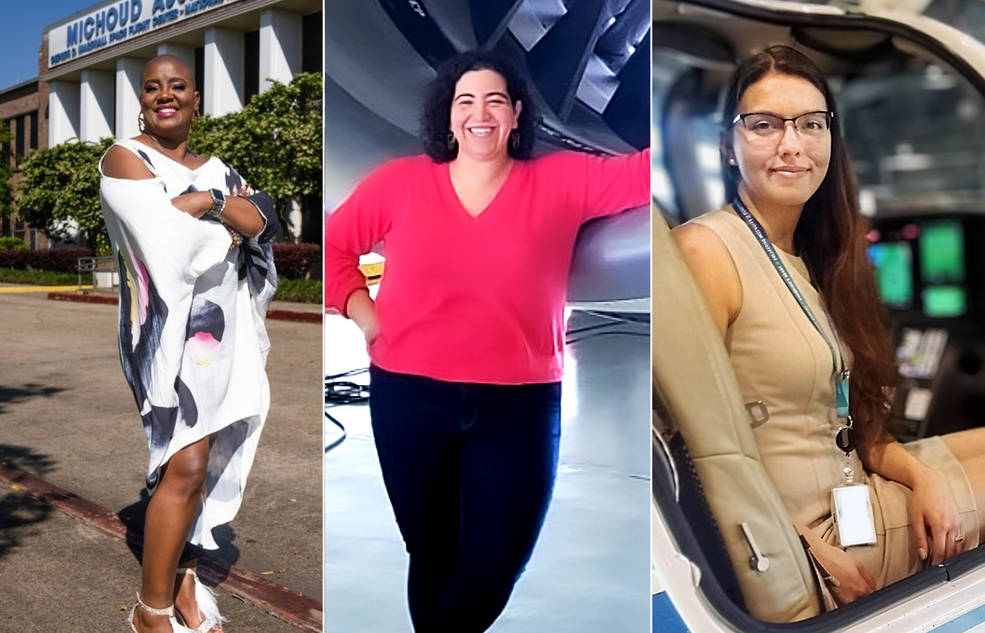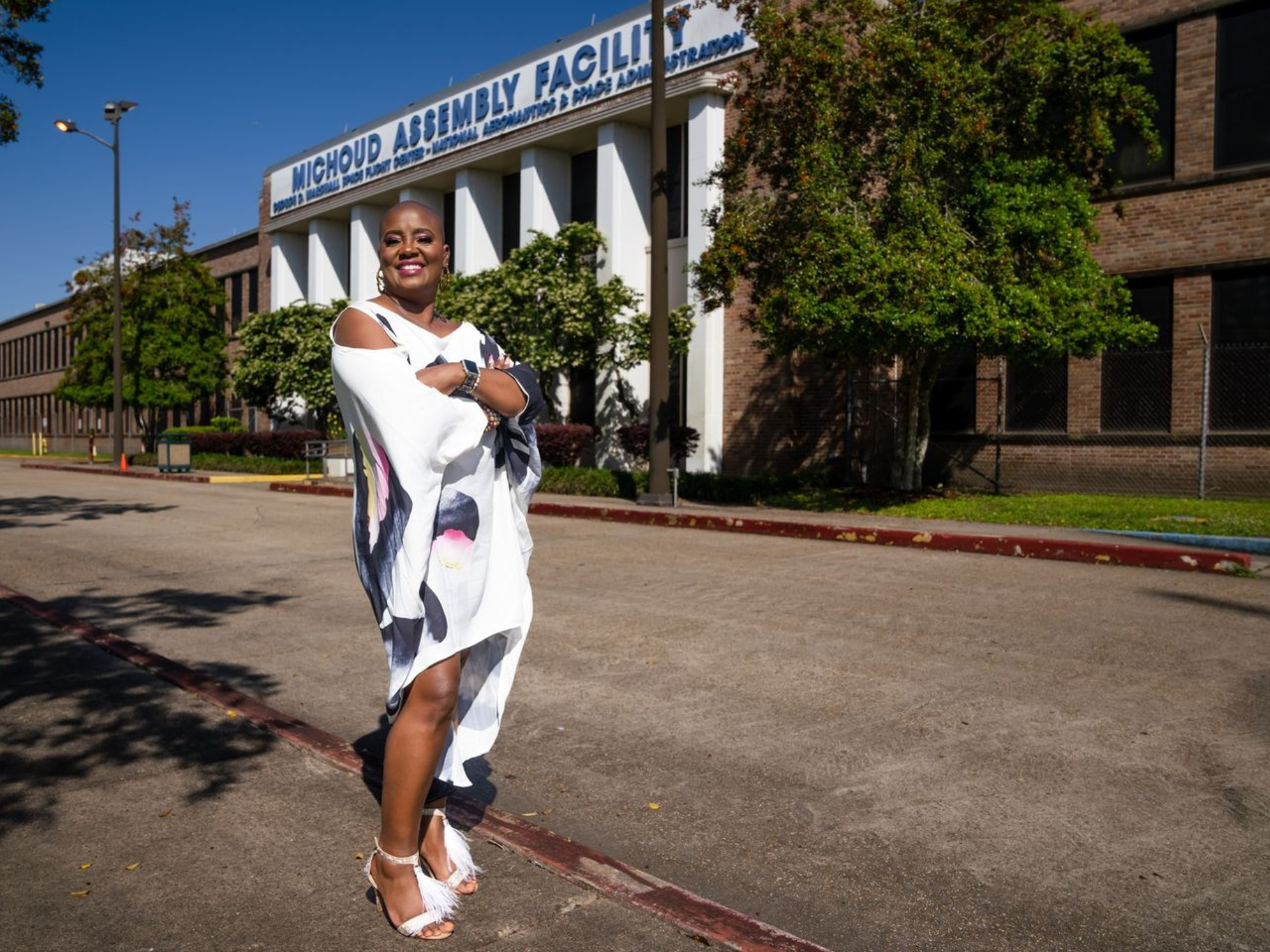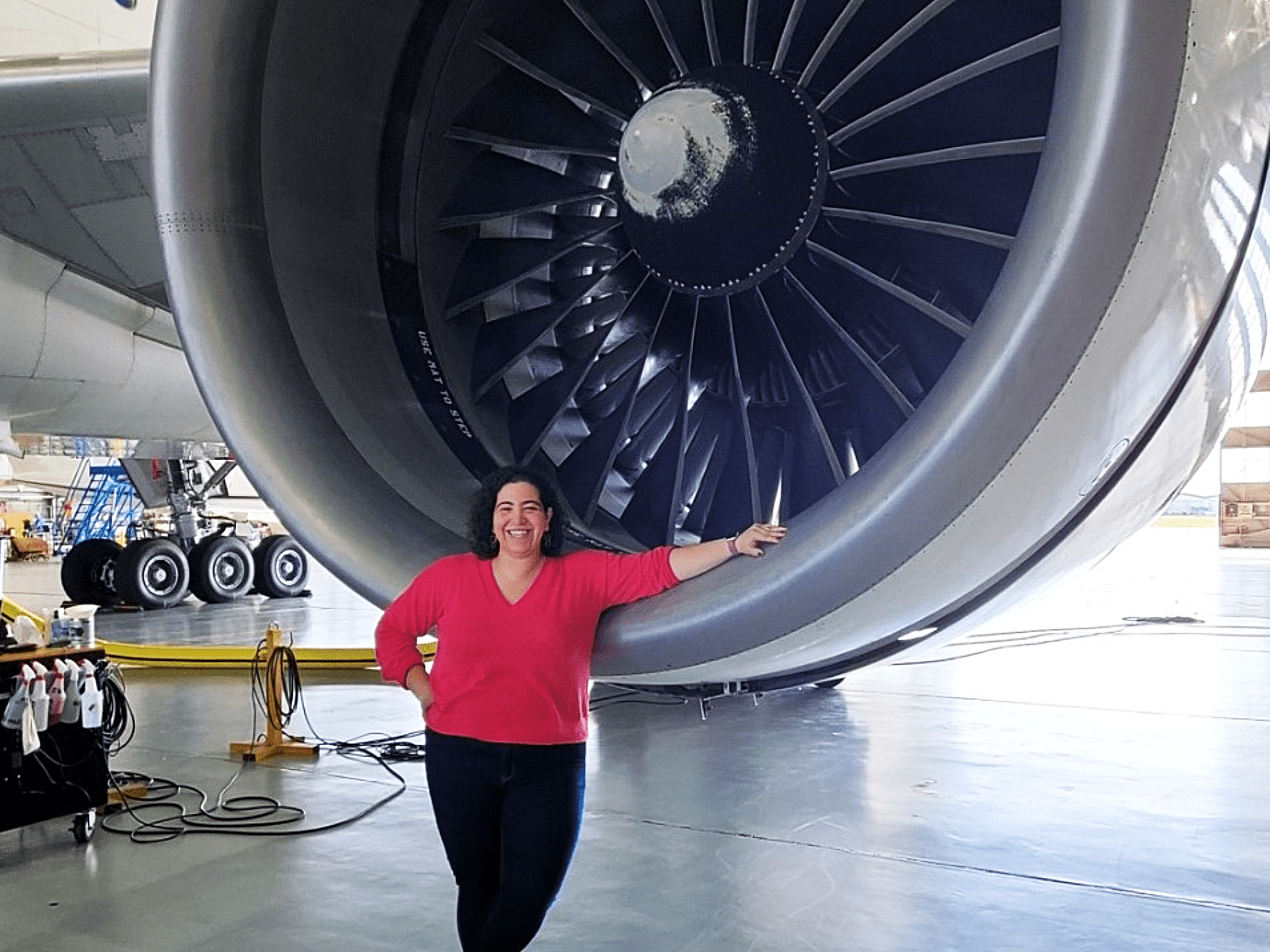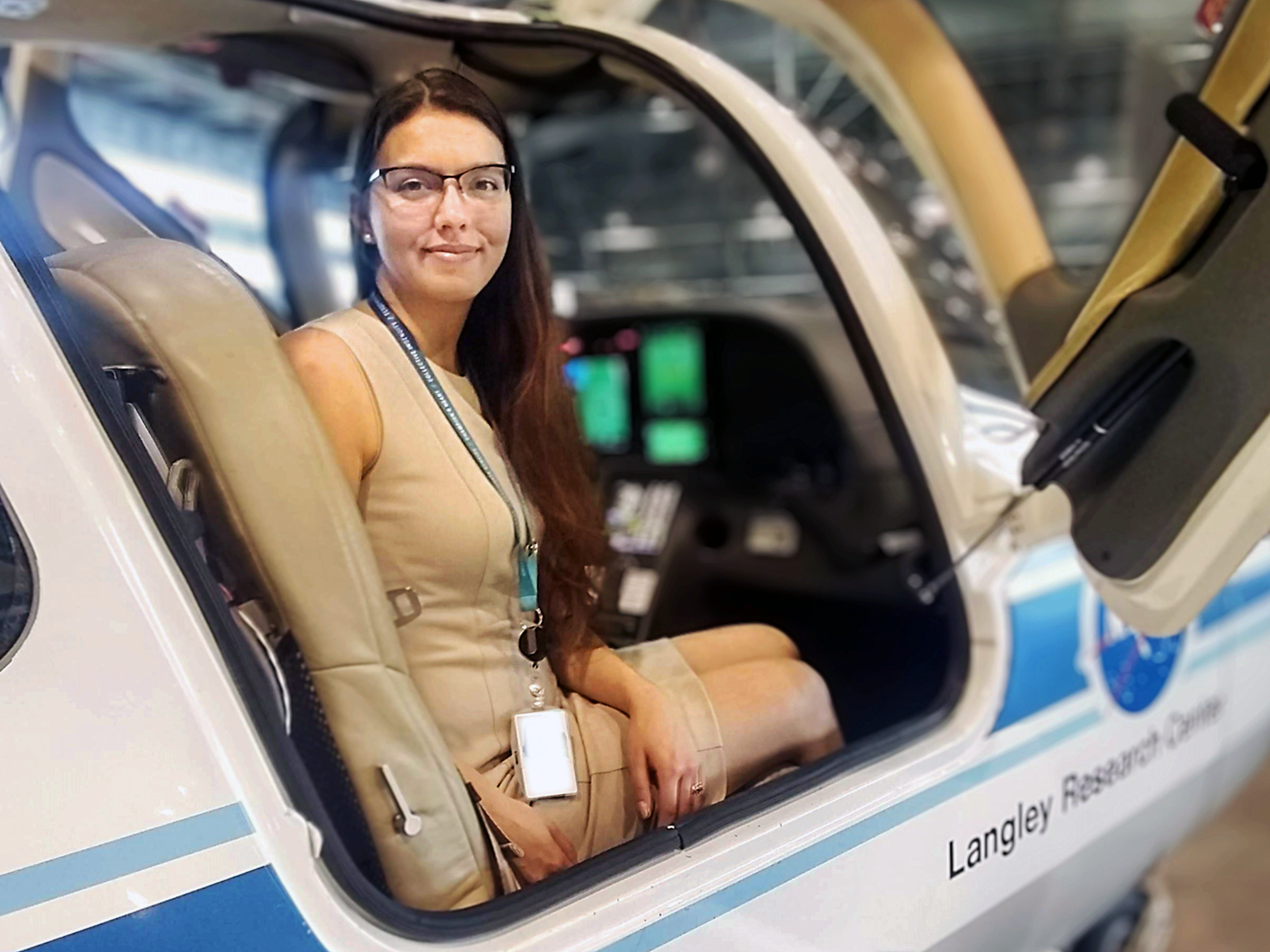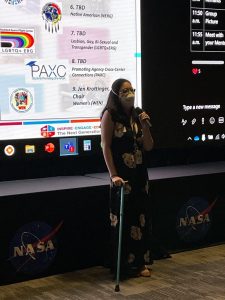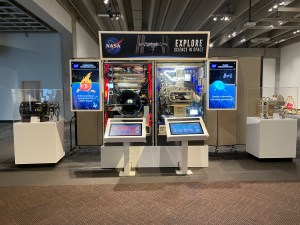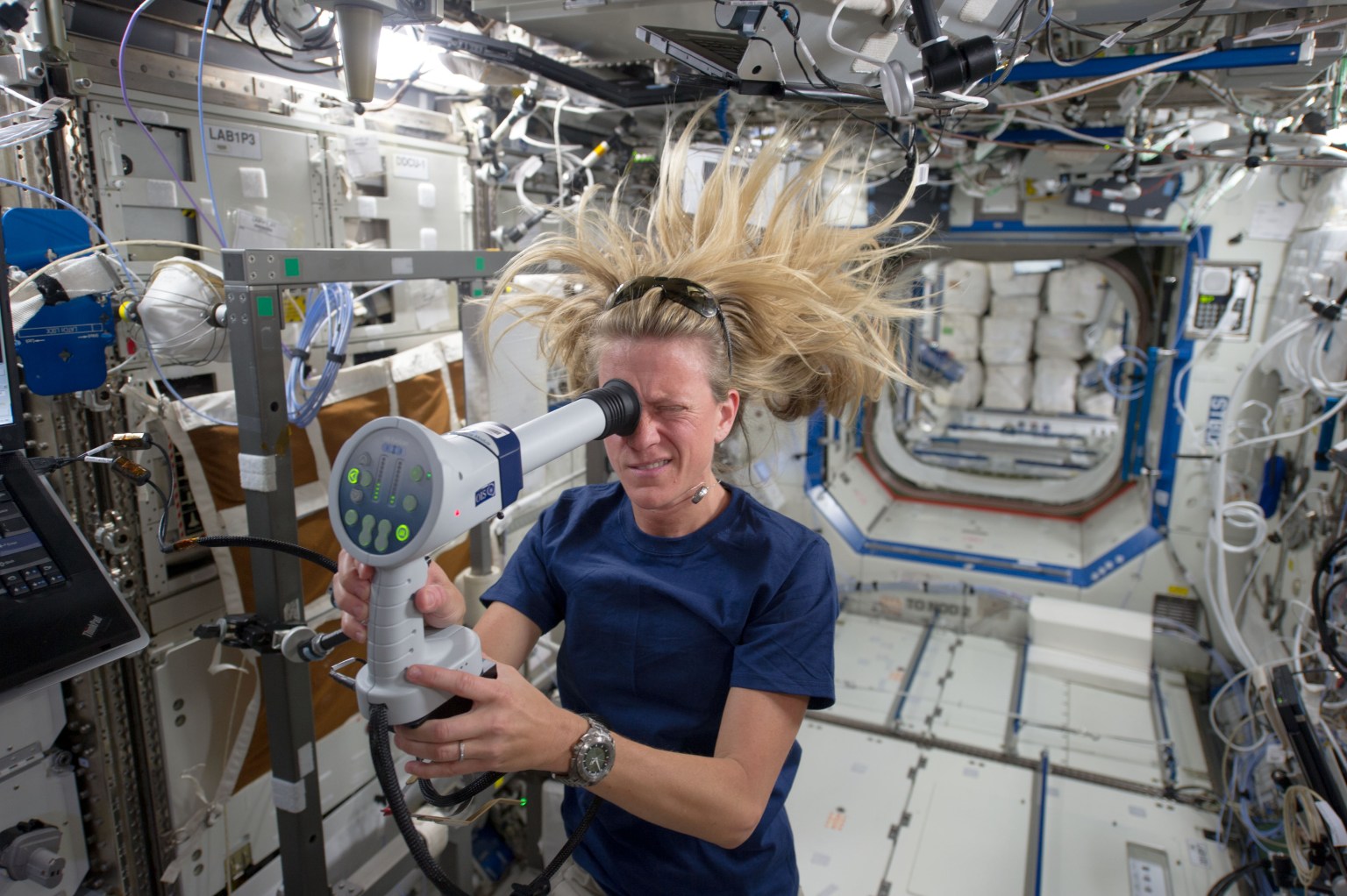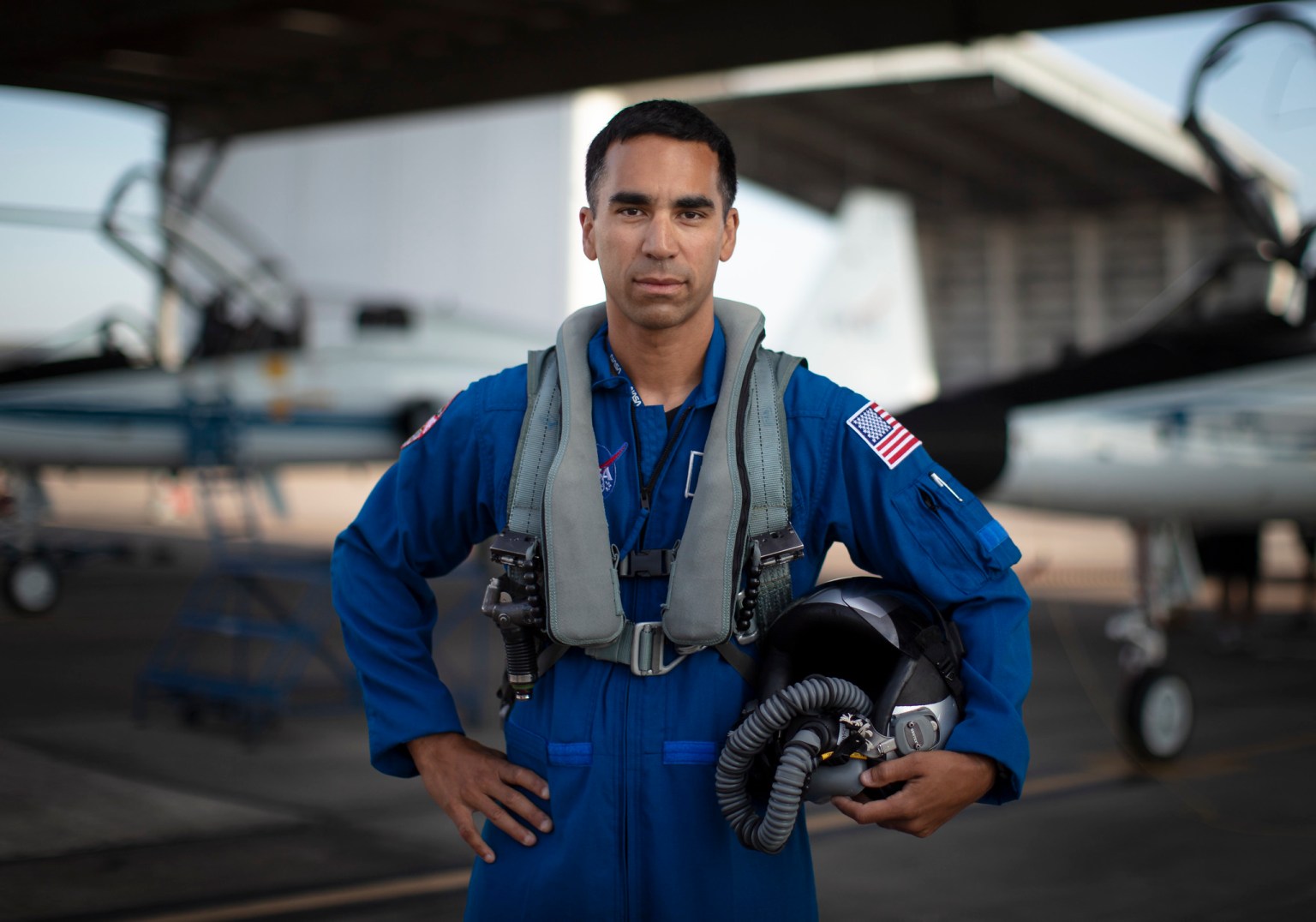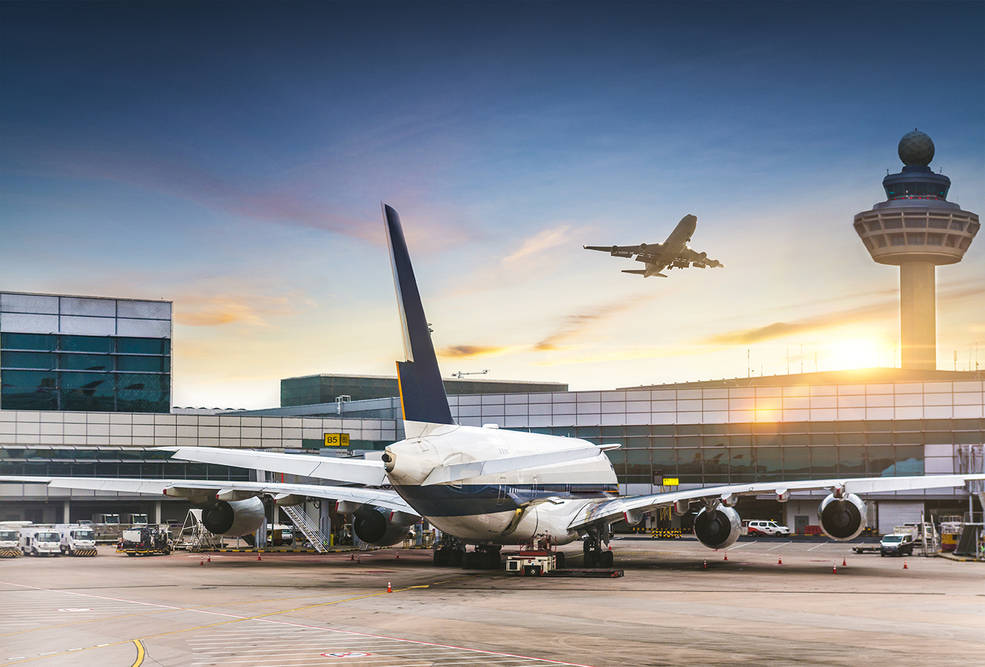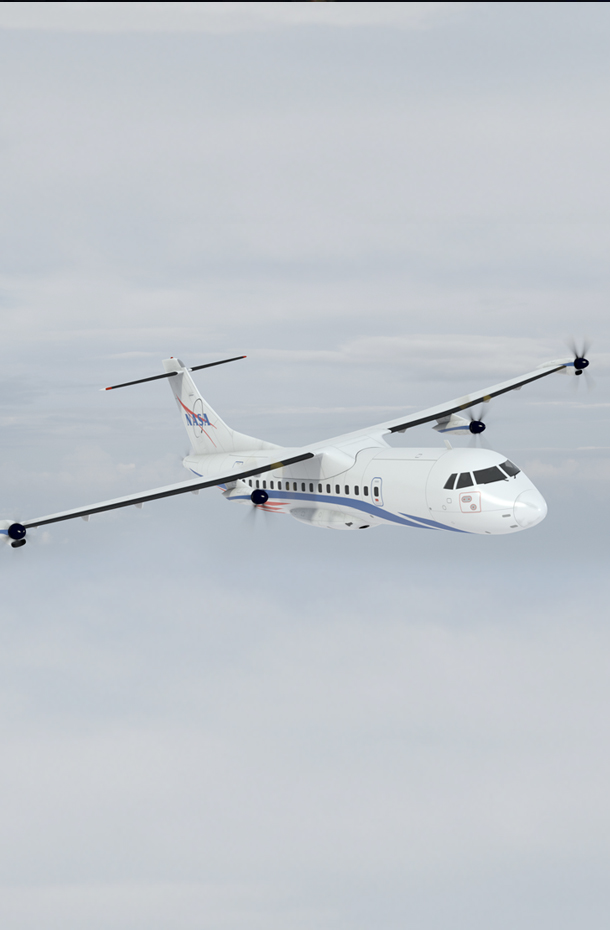In celebration of Women’s History Month, meet three female leaders with NASA’s Electrified Powertrain Flight Demonstration (EPFD) project who are making aviation more sustainable by developing electrified propulsion for aircraft.
Since the dawn of flight, women have been a driving force behind the evolving aviation industry. That tradition continues today among NASA’s aeronautical innovators.
In celebration of Women’s History Month, meet three female leaders with NASA’s Electrified Powertrain Flight Demonstration (EPFD) project who are making aviation more sustainable by developing electrified propulsion for aircraft.
K. Renee Horton
K. Renee Horton is the deputy for airworthiness on EPFD. Based at NASA’s Armstrong Flight Research Center in California, she works with industry partners to ensure the agency’s aircraft meet safety standards and are approved for flight.
Horton attended Louisiana State University, where she earned a bachelor’s degree in electrical engineering. She later became the first African American to receive a doctoral degree in material science from the University of Alabama, with a concentration in physics.
Throughout her academic journey, Horton found unique opportunities to apply her studies in the real world.
“My graduate work was supported under two NASA fellowships, and the agency is currently applying research from my dissertation on flights to the Moon under its Artemis program,” Horton said.
Now working on EPFD, Horton is part of NASA’s mission to revolutionize commercial air travel.
“The most rewarding part is having the ability to make a difference in the world and knowing that the work we do will benefit humanity and the future of flight for years to come,” Horton said.
The most rewarding part is having the ability to make a difference in the world and knowing that the work we do will benefit humanity and the future of flight for years to come.
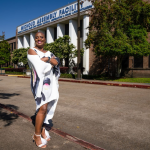
K. Renee Horton
Deputy for Airworthiness on Electrified Powertrain Flight Demonstration
Inspired by female role models breaking barriers in science, technology, engineering, and math (STEM), including NASA astronauts Mae Jemison and Jeanette Epps, and astrophysicist Dame Susan Jocelyn Bell Burnell, Horton’s advice to young girls is rooted in passion and dedication: “Pick something that excites you, start learning about it, and try to find creative ways to engage with the subjects that make you happy.”
Jennifer Amador
Jennifer Amador, an aeronautics systems engineer at NASA’s Glenn Research Center in Cleveland, had her sights set on NASA from a young age.
“I knew I wanted to work for NASA after taking a field trip in fifth grade to the Buehler Challenger & Science Center in Paramus, New Jersey where I was selected as our class astronaut for a simulated space mission,” Amador said.
Inspired by her high school math teacher to pursue engineering, Amador received her bachelor’s degree in industrial and management engineering and master’s degree in systems engineering and technology management from Rensselaer Polytechnic Institute in Troy, New York.
While in college, she had the opportunity to participate in a summer internship at the Goddard Institute of Space Studies in New York. There, she studied solar weather research.
Amador joined the NASA Pathways internship program in 2016 where she worked as a safety engineer before converting to full-time employment as a systems engineer in 2018. She also recently graduated from the NASA FIRST Reimagined program as part of the 2022 class cohort where she had the opportunity to develop leadership and team building skills through hands-on learning experiences.
Amador now serves as the co-lead for requirements on EPFD. Her job is to ensure that industry partners’ safety requirements, goals, and objectives align with NASA’s. She also assists partners through NASA review processes.
For Amador, being part of the next big step in aviation and getting to share the excitement with others are the ultimate reward.
I love being a part of NASA’s sustainable aviation efforts, knowing that my project is a tiny piece of the puzzle that makes the world a better place. It makes me so excited when speaking with students to see how interested the next generation is in what we’re working on,
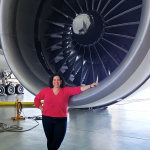
Jennifer AmadoR
Aeronautics Systems Engineer at NASA’s Glenn Research Center
Her advice to young girls and those starting out in STEM is to seek out new challenges and grow through experience.
“Talk to someone who is doing what you would like to be doing and say yes to opportunities, even if they are outside of your comfort zone.”
Kiara Graf
Kiara Graf is an operations research analyst at NASA’s Langley Research Center in Virginia and serves as the risk management lead on EPFD.
Growing up, Graf was fascinated with how mathematics can explain the world around us and became interested in aerospace early on, saving up any allowance or birthday money she could to attend space camp for a summer.
I found it interesting that you can prove things exist mathematically prior to finding definitive physical evidence of it.
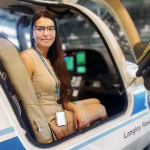
Kiara Graf
Operations Research Analyst at NASA’s Langley Research Center
Following this curiosity, Graf studied mathematics throughout college and received her bachelor’s and master’s degrees in math. She later went on to teach the subject as an adjunct professor for a few years before joining NASA.
Now working on EPFD, operations research allows Graf to apply her mathematics expertise to solve real world problems.
As a risk manager, she leads a team collaborating with industry partners to help identify potential risks with aircraft development and operations and take appropriate actions to mitigate them.
Graf’s work requires breaking down complex problems with her team into manageable and actionable pieces – a problem-solving skillset that comes directly from her experience in STEM.
Building on a foundation of curiosity, Graf’s advice for students and young professionals starting out in STEM focuses on developing strong learning habits.
“Just start asking questions and never stop asking them. Utilize your local and school libraries as well. Librarians are the unsung heroes of independent learning and if you approach one with a general interest or question, they can often point you to a good starting place,” Graf said.
“I believe that curiosity, an analytical eye, and a lot of luck, are what ultimately led me here to NASA.”






























